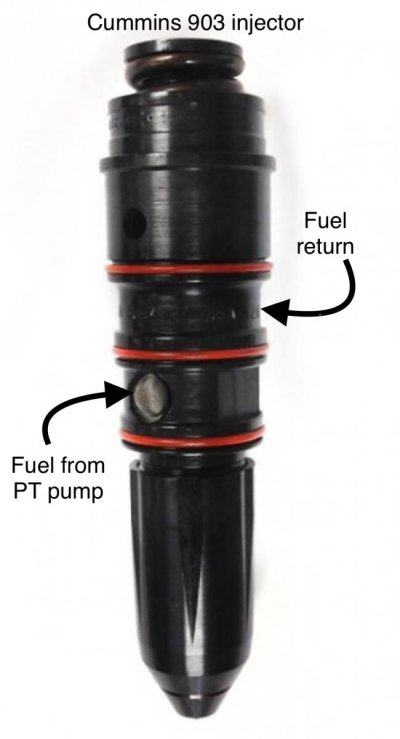I am sure you are going to resolve this issue as soon as you get completely familiar with the engine, but that aside, I get the feeling you are possibly not familiar with operating a vessel of this size. Your mechanical background is going to see you through as a very effective boat maintainer, because in my mind, enjoying my boat underway is all about routine and preventive maintenance performed. If your wrenching has been concentrated on road vehicles, may I possibly preach to your choir and mention that the reliability of your engines in this boat will be much more crucial than your car/truck? Not as crucial as say in an airplane, but your life could well depend on your boat's engines someday. I am sure you will be going over the engines, but because of the apparent neglect in this case, you will be wise to bring the engines to the highest level of maintenance possible before venturing far. In my humble opinion, that would include cleaning the fuel tanks (you are new to diesel and maybe not knowledgeable about how they can generate filter-clogging goo), replacing all hoses, fuel filters, timing belts, coolers, and pull all electrical connections on them looking for corrosion. Lastly test all the alarms. I am completely unfamiliar with your engine and look forward to hearing of your success here.
And welcome the heck aboard! I spent a nice year at NPS Monterey in 1969-70. Lot of fog.

